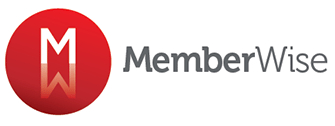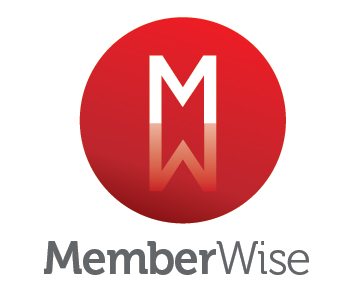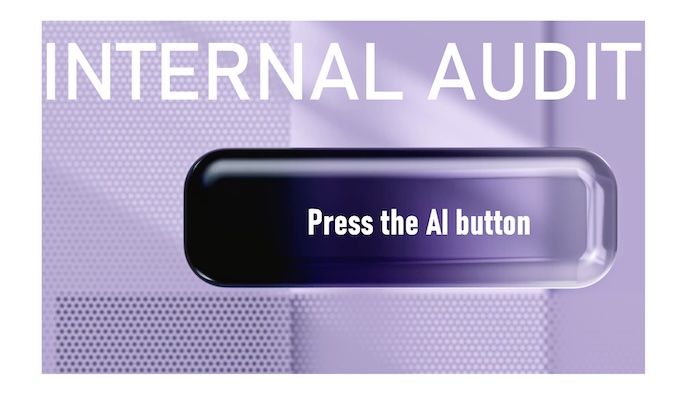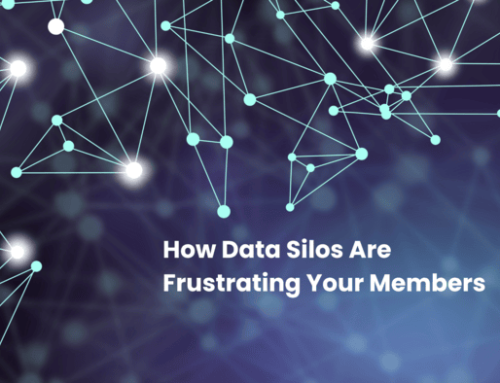No-one is busier than a busy Internal Auditor! During a round table meeting last week, we heard this phrase more than once.
The small team of internal audit guests told us their role was to enhance and protect organisational value by providing risk-based and objective assurance, advice, and insight. In today’s complex landscape, the need for internal audit (IA) teams to efficiently analyse data from across a membership organisation is a central pillar of governance.
With the rise of artificial intelligence (AI) and data analytics, IA departments are reviewing new solutions to enhance their capabilities. Talking about AI, they believed it not only promised improved efficiency and audit quality but also yield potential cost savings in the long run. However, the integration of AI and data analytics also introduces challenges, including data privacy concerns and uncertainties regarding return on investment. They are looking at solutions to help implement robust governance frameworks, engage members, and plan strategically.
The Value of AI and Data Analytics in Internal Auditing
When properly governed, AI and data analytics can empower IA departments to manage risks effectively while taking full advantage of productivity. The inherent capabilities of AI allow for sophisticated data analysis, the detection of complex trends, and proactive risk management. Reducing the initial integration burden of these technologies and defining clear use cases underscored the potential value to internal audit functions.
Security is key. The internal auditors laughed. They do not get thanked for no data breaches, no fines, no information quality issues, no unresolved complaints – but just their job done. So how can AI governance have the same impact? The discussed framework followed;
- Data Security Guaranteed: Your data is never used for model training or improving our AI services. We respect your privacy above all.
- Exclusive Fine-Tuning: Any customisation of your AI prompts is exclusively yours, ensuring you benefit from tailored insights.
- Permission-Aware Tools: AI tools that are designed with confidentiality rules in mind, giving you control and peace of mind.
- Enterprise-Grade Governance: Create robust governance and controls surrounding the use of our AI models, safeguarding your data at every step.
Planning ahead
Mapping five key ways we are seeing technology-driven IA teams can leverage AI and data analytics across operational data the conversation focused on;
- Enhanced Fraud Detection: AI algorithms can analyse vast datasets rapidly, identifying anomalies and patterns indicative of fraudulent activities. By continuously monitoring transactions across the operation, IA teams can detect irregularities in real-time, allowing for swift action.
- Advanced Risk Assessment: AI tools provide deeper insights into risk factors affecting the membership/partners, enabling IA teams to assess vulnerabilities more robustly. By augmenting various data sources, these technologies help auditors understand interdependencies and potential risk exposures comprehensively.
- Continuous Auditing Capabilities: AI facilitates continuous auditing by engaging with data collection and analysis, which can lead to early identification of issues before they escalate. This proactive approach allows for timely interventions, ensuring supply chain integrity.
- Automated governance: AI can streamline the governance process through automated risk evaluations against policies or technical specifications. By analysing historical data and ongoing operations, IA teams can prioritise audit areas based on real-time risk assessments, enhancing strategic focus.
- Operational Efficiency Through Automation: Routine internal audit tasks such as data entry, report generation, and preliminary analysis can be automated using AI technologies. This not only reduces manual effort but also allows auditors to devote more time to higher-level analysis and strategic insights.
Opportunity
AI in IA holds significant promise for enhancing efficiency and insights. By addressing the associated risks through governance and stakeholder engagement, allowing control of your core information to create service sites giving your supply chain/partners a secure place to add their own documents and data to engage with your intelligence, IA departments can unlock new compliance data. As we all navigate the evolving landscape of membership dynamics, the use of AI and data analytics will be pivotal in ensuring robust internal controls identify risk, intervene and recommend action.
For more Internal Audit background information visit the professional body : www.theiia.org
Librios AI lets you control your core information, create service sites giving your customers/partners a secure place to add their own technical documents and data to engage with your insights. This creates new generated business intelligence.











Leave A Comment